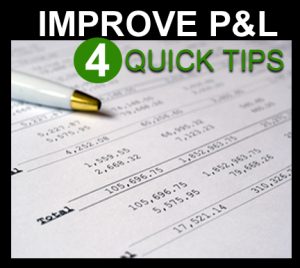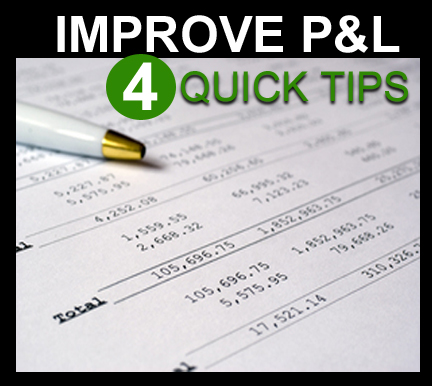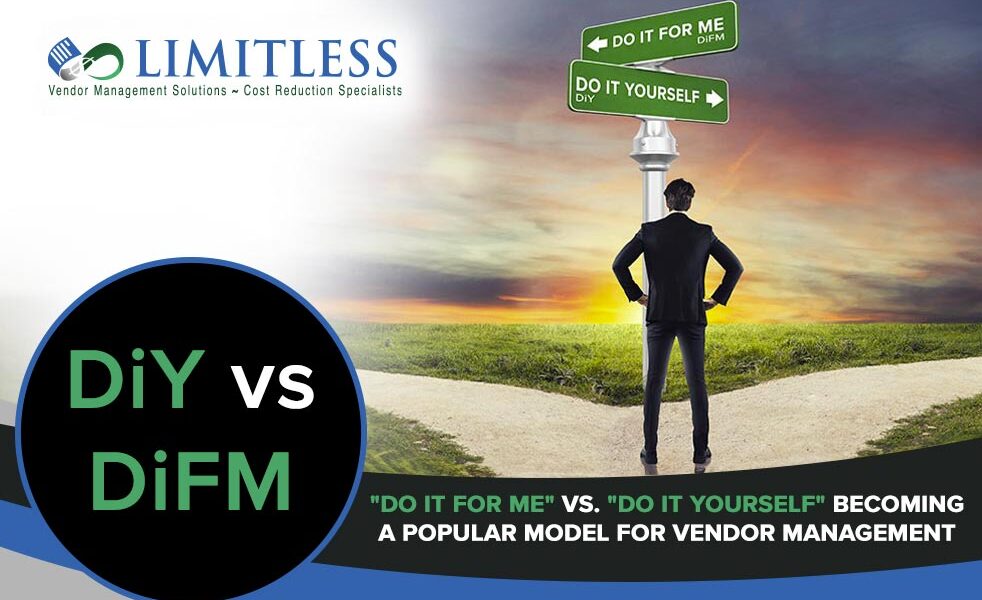Is your P&L Statement an Effective Continuous Improvement Report?
The P&L is the first plac e to begin a continuous improvement initiative for your business and save a few (in some cases a considerable amount) of bucks. Here are 4 factors that need to be present to make this document an effective report for continuous improvement.
e to begin a continuous improvement initiative for your business and save a few (in some cases a considerable amount) of bucks. Here are 4 factors that need to be present to make this document an effective report for continuous improvement.
1. Continuous monitoring – Monitoring your P&L on a daily basis is step 1. It must be done on a regular and consistent basis. For every company the intervals will vary depending on the type of business, performance, operational or transactional frequency etc… The reason for the consistent monitoring is to capture consistent and accurate data over a particular time period. If not performed diligently, the result will most likely be data that is skewed and result in a misrepresentation of actual business trends. Set the time and date every day or week to review.
2. Set Benchmarks or Baselines to understand performance – How do I know if my income or expenses are in-line with the company or the industry? If you do not have a baseline, theoretical or real, it is VERY difficult to know where you stand. For a new product or service, many companies will benchmark companies that provide similar products or services. This will help put you in the ‘estimated amount’ and adjustments can be made as operations commence to produce the actual numbers. Often times, data is not available and a company must ‘wing-it’ either by best guess or operating for a period of time to understand the actual cost or income trend. Either way, a baseline is required to understand and measure performance. Just like giving someone directions to a destination, one must know where they are starting from to effectively get from point A to point B.
3. More than one person ‘owns’ the P&L – It is most likely that the company controller will not have the expertise to improve a manufacturing process nor effectively shorten a sales cycle. It is important that there is a clearly defined owner for each category or subcategory for the P&L. The owner must have consistent knowledge and access to this information in order to effectively improve their assigned categories.
4. Drill Down – In some P&L cases the ‘buckets’ of income or expenses are too large and do not effectively capture real data. The smaller the bucket, the more effective the tool. As an example, let’s look at a typical cost category in a P&L. Under IT Services, we may find telecom. Telecom may typically be items such as wireless service, data, local, long distance, conferencing, TV, internet, etc… BUT, hidden within these individual expense line items sometimes lies HUGE opportunities for savings (often times 17% – 60%). On average 80% of business telecom invoices have billing errors and in the U.S. businesses have over $13 Billion a year in telecom billing over-charges.
Hopefully reviewing these suggestions and implementing changes into your P&L will improve your bottom line. We also know that in many businesses the time and resources that are available to dedicate to pin-pointing errors on P&L’s is not always feasible. However, optimization of the P&L is critical not only to save money each month, but also to effectively measure improvement performance.
LT~CRS is your resource for Telecom savings. If you have any questions about this article or these opportunities please contact us. To ensure you have not overspent or if you feel that implementing changes would be difficult to undertake, we are here for you with a free consultation at any time.
866-504-4050




